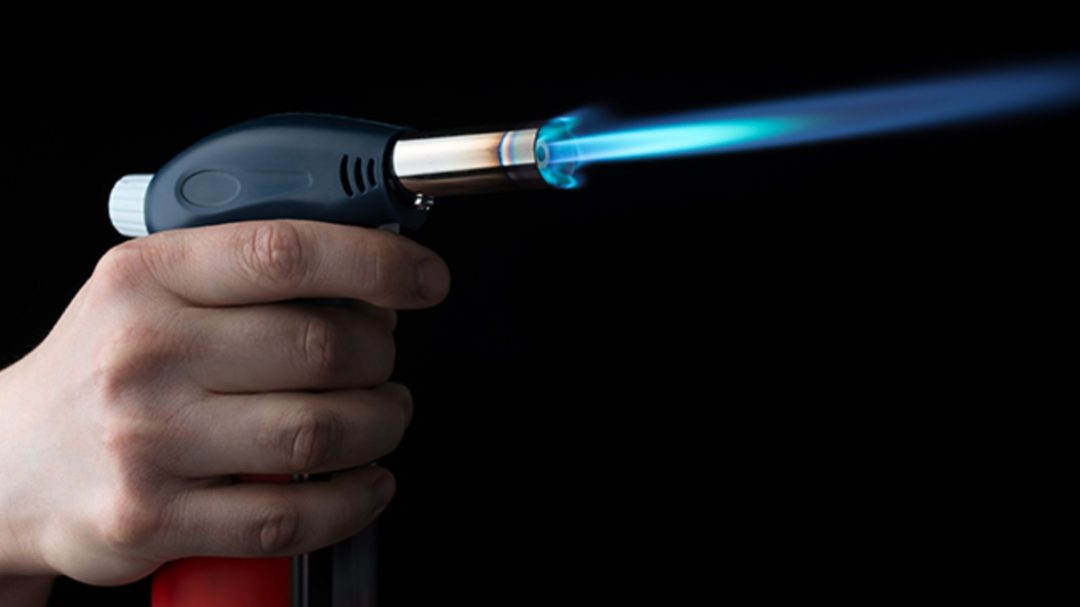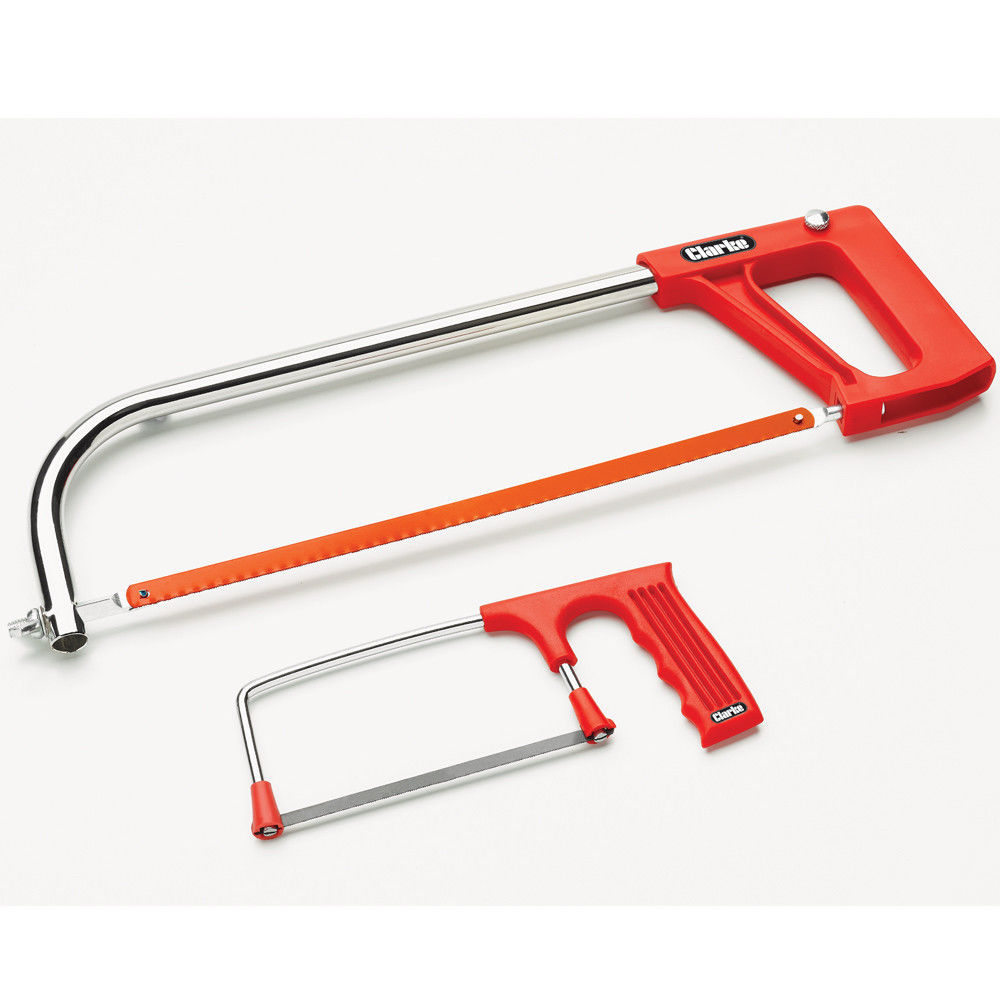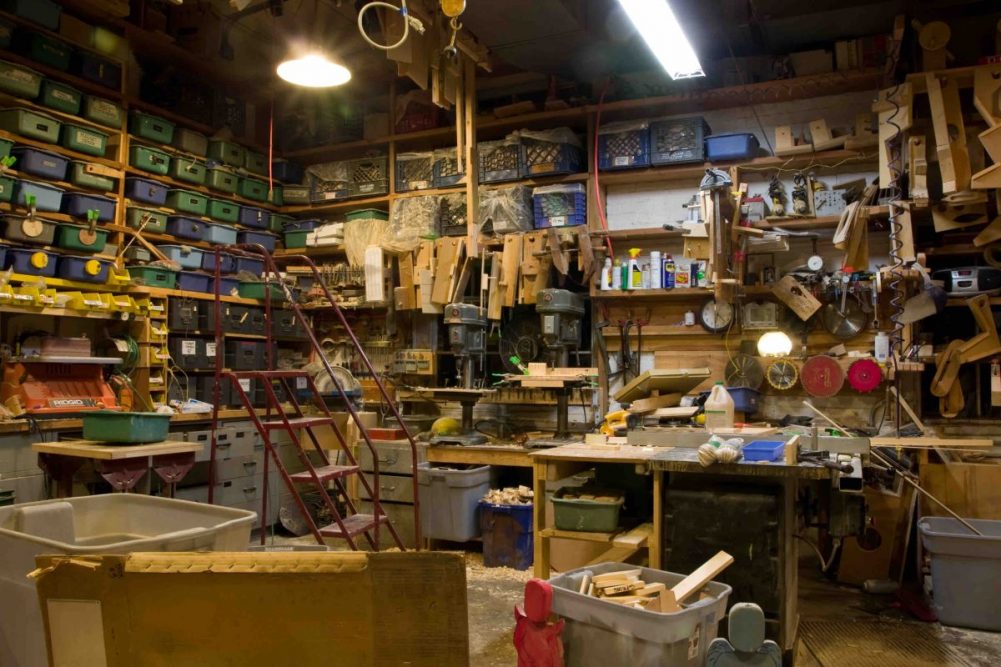Through the course of one’s life it is perhaps inevitable that one will accumulate a box of various hand and power tools.
And what these actually comprise will depend to a degree on one’s DIY interests. If one shows an aptitude for woodwork, for example, there may be wood saws, chisels, clamps and the like. But if one is mechanically-minded, the emphasis may be on spanners and wrenches.
And if one is a smallholder, one’s toolbox will tend to be a mixture of these, electrician’s tools, plumber’s equipment and fencing equipment.
So what are some guidelines to ensuring one’s repair and DIY work around the plot are as smooth, long-lasting and pain-free as possible?
Right tool for the job
The first rule is use the right tool for the job. Attempting to use an incorrect tool, for example using a screwdriver as a chisel, will almost inevitably result in a mess of a job, and will also, inevitably ruin the tool itself. Also, you will find that the job will proceed much more smoothly and be less tiring using the correct tool, than trying to make do.
(For procrastinators, insisting on using the right tool gives one the perfect excuse for putting off doing something tedious … one has to wait until one has the right item to do the job, after all!)
Don’t buy cheap if you can avoid it
The next rule is to always buy the best quality tool you can afford. Many hand tools are sold with a “lifetime guarantee” which if you analyse it is absolutely meaningless. Which lifetime is guaranteed? Will the tool last YOUR lifetime? Or is it guaranteed for the tool’s lifetime? Nonetheless, there is some correlation between the price of the item and its quality, and if it is from a well-known and established brand, so much the better.
Basic must-haves in a smallholder’s workshop
Huge strides have been made in recent years in the field of fasteners. Single-slot screw heads are seen ever more rarely today, having been largely replaced by the four-point heads of a Philips screw and, more latterly, by six and eight-point heads, Allen key heads etc. All of these have many advantages over the single-slot heads so a good set of Philips screwdrivers is a necessity.
Huge strides have also been made in recent years in the field of battery-powered tools, and a vital item in any serious toolkit (and an excellent birthday present from a loving spouse) is a rechargeable electric screwdriver, with a set of interchangeable bits.
And talking of powered tools, a small rechargeable, or even electric, chainsaw takes much of the sweat out of basic wood cutting in the workshop.
Naturally, an electric drill is vital if one wishes to make holes in anything. But a drill often also provides the power for other tools, for example small drill bit sharpeners, circular saws etc. So this is another vital piece of kit.
But there are many more hand tools one needs. A good pair of insulated pliers, a pair of needle-nose pliers, and a pair of fencing pliers should lie at the bottom of any toolbox, along with a pair of side-cutters and, if one does a lot of electrical work, a stripper for removing insulation when joining wire.
Every smallholder will need to fix irrigation pipe at some stage, which will include learning about LDPE (low-density polyethylene) and HDPE (high-density etc) pipe, and how to cut, join and clamp them. In most cases, the heavier classes of LDPE pipe will need to be softened to enable one to insert joins, bends, valves etc. Softening involves heat, and you can use a gas or hand-pump blowtorch for the purpose or you can use a heat gun.
 Using a blowtorch is frustrating in any sort of wind, and is dangerous in dry grass, and a heat gun requires a source of electricity, which will mean using either a long extension lead, or a small portable generator.
Using a blowtorch is frustrating in any sort of wind, and is dangerous in dry grass, and a heat gun requires a source of electricity, which will mean using either a long extension lead, or a small portable generator.
Other plumbing tools in the kit should be a pipe-wrench and a monkey-wrench (“bobbejaan” spanner).
A pair of hacksaws, one with a fine-tooth blade for metalwork and one with a coarser blade for cutting plastic should form part of the cutting arsenal. You will inevitably also want a good wood saw, and a pruning saw for fruit trees.
Finally, two or three hammers should complete the basics. One for knocking fasteners in, with a claw on the other end for pulling fasteners out, one with a ball (called a ball-peen hammer) if one needs to tighten rivets, and a four-pound square-headed job for heavier work, concrete breaking etc.
This is part one in a five-part series, In the Workshop: Tools & Machinery. To read the rest in the series, follow the links below.
Part Two: Power in the Workshop
Part Three: Protective Clothing in the Workshop
Part Four: Unusual Tools for Smallholders
Part Five: Simple Steps for a Safe Workshop

